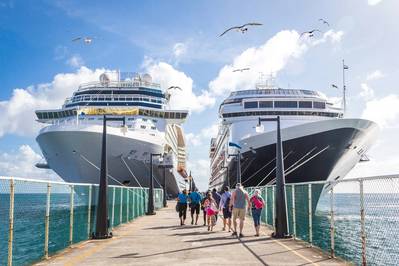
Image credit: Mariakray / Adobe Stock
This is a 7% increase from the previous high in 2019. It shows that the industry is continuing to recover from the COVID-19 pandemic.
In 2023, the global cruise industry saw a record number of passengers, with 31.7 million people traveling on cruise ships.
The United States remains the world’s largest cruise market. It saw the highest increase in passengers with 2.7 million more passengers than in 2019, a 19% increase.
According to CLIA’s 2024 State of the Cruise Industry report, expedition and exploration are the fastest-growing sectors of cruise tourism, with a 71% increase in passengers traveling on expedition itineraries from 2019 to 2023.
The cruise industry generated $138 billion in total economic impact globally in 2022, supporting 1.2 million jobs worldwide and $43 billion in wages. According to CLIA, the results for 2023 (to be published later this year) are expected to show an even greater impact, given the 50% increase in the number of passengers sailing compared to 2022.
The report also highlighted continued demand for cruise holidays, with 82% expressing intent to cruise. The forecast predicts a 10% increase in cruise capacity between 2024 and 2028. Currently, there are 56 new cruise ships on order, with a combined value of $38 billion.
The report also emphasised a growing interest in more sustainable engine technologies. 32 pilot projects are currently testing future fuels. Four ships are currently sailing using renewable biofuel as an energy source. Five ships are slated to use green methanol, and two are slated to use green hydrogen. In the next five years, 15% of ships entering service will be built with battery storage and/or fuel cells to allow for hybrid power generation.
